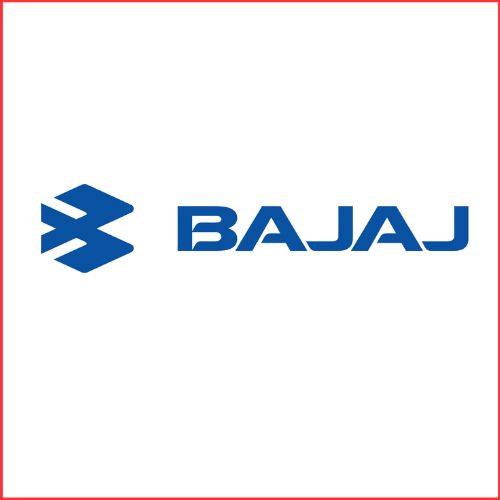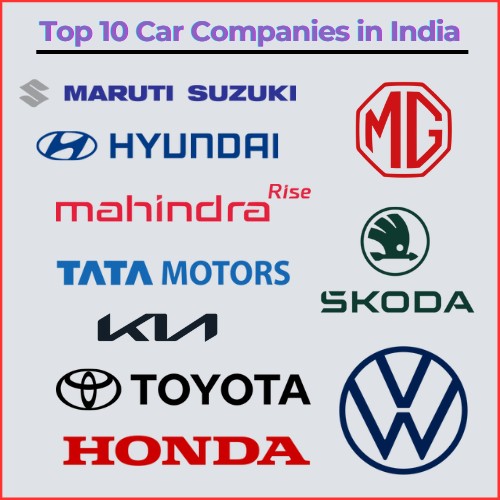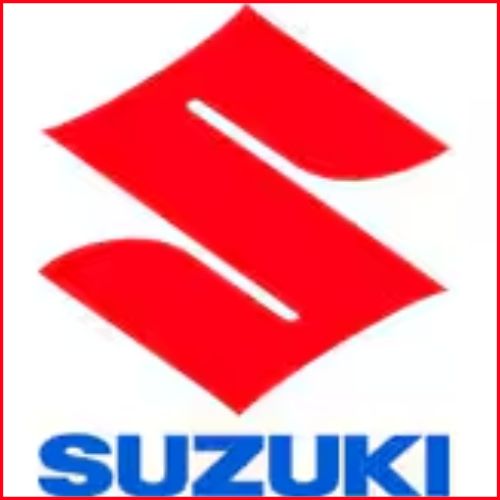Zara is one of the most appraised fashion retail brands throughout the world with average earnings becoming a stronghold of success. One of the innovative features of Zara was the rotational concept of fast fashion retail upon its creation in 1975 in Spain, which resonated urgency, dynamism, and excitement as a common ground among fashion enthusiasts of different cultures and age groups.
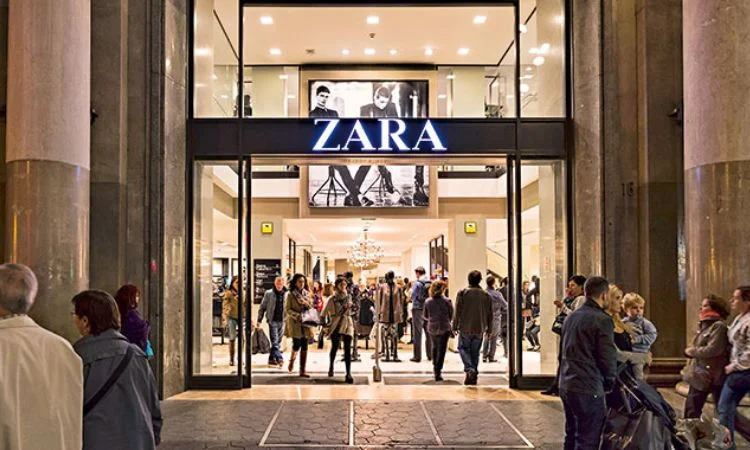
Source: World Finance
The Zara achievement can be explained through a number of different reasons, and the major one to pin it on the undoubtedly durability of satisfying customers’ needs. The brand’s breakthrough to become a global fashion powerhouse is essentially attributed to the fact that it tends to set its priorities in customers whose needs play a significant role in the process.
Zara has been tuned deeply into its customers since its first step; this customer focus has shaped Zara`s core values and brand culture. This, however, takes outsourcing most processes, reduces the number of employees, and ultimately puts customers first which have become the keys to the brand’s growth.
Company Highlights
| Attribute | Details |
| Company Name | ZARA |
| Origin | Spain |
| Industry | Fashion |
| Product Offerings | Clothing, Accessories, Beauty Products, Perfumes |
| Headquarters | Arteixo, Province of A Coruña, Galicia |
Zara: From Family Business To Fashion Trailblazer
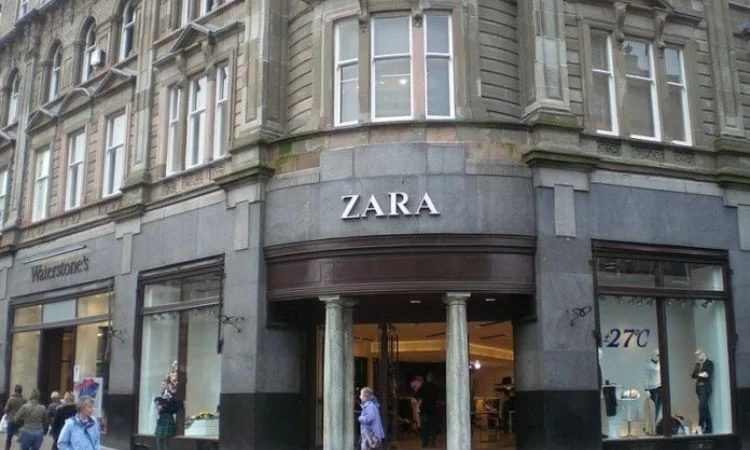
Source: LinkedIn
The initial years of Zara as a family business of Amancio Ortega and Rosalía Mera in downtown Galicia involved expanding into nearby locations, offering affordable and quality apparels. Contrarily, today, the brand has been acknowledged as a fashion behemoth. First of all Zara started to trade cheap counterparts of luxury fashion which automatically gained them a place of trust among the Spanish and set the stage for opening the 9 more stores in major cities in the next following 8 years.
In 1985, formation of Inditex holding company became a game changer in Zara’s and path of development. This decided move had the hatching of the egg from which the extensive distribution system would begin to take its roots, adaptive to the variable market demands. Amancio Ortega, the founder of Zara, pioneered a revolutionary and viable model that changed the face of the fashion industry with its main focus being improving speed and responsiveness to the introduction of the popular culture.
Instead of cooperating as a group, Zara handed over its design to workers and made it as simple as possible. In consequence, the brand created a legend by opening the new era of the fashion manufacture where the supreme benchmarks were set for the industry agility and efficiency.
Zara’s Global Dominance: A Decade of Fast-growing and Success in an Unparalleled scale.
Over the last decade, Zara has adopted a well-developed strategy of global expansion into key markets like Portugal, New York, Paris, Mexico, Greece, Belgium and Sweden, as well as countries like Cyprus, Malta, Norway and Israel. Now, Zara, with its representative stores in over 96 countries, is present in almost every developed country, its stores being found in leading cities all over the world, 2,264 in total.
The story started as a small boutique in Spain in 1975, but Inditex has grown into a powerhouse of the international fast fashion retail sector, showing Zara as the flagship brand of the company.
The success of this venture is, among other things, the result of the great contributions made by its visionary leader, Amancio Ortega, who is ranked sixth place in the list of the wealthiest people in the world by Forbes magazine.
Inditex, which is the world’s leader in the production of fashion products, has almost 174,000 workers. This corporation operates in more than 7,400 shops in 202 markets including 49 areas where online commerce is available.
The enterprise produced a good 2019 turnover of more than USD 23.4 billion.
Comprising a diverse portfolio, Inditex encompasses various fashion brands:
Zara Home: Launched in 2003, Focusing on Homeware and Decoration objects, it has 183 Markets and 70 stores under Invention.
Pull & Bear: The mall has been existing since 1991 and has a collection of casual and semi-relax wear that the youth likes to buy. operate in 32 countries and, keeping in mind the importance of such a thing, a quarter of them are represented by physical stores.
Massimo Dutti: In 1995 we bought a brand which ranks amongst the highest in the field of high-end clothing and accessories for discerning, city dwellers. We have established an operation in 186 markets, of which are 74 % with brick-and-mortar stores.
Bershka: Launched in 1998, it merges the urban urban clothing and men and women contemporary fashion under the portfolio of 185 markets, with 74 houses and a physical store.
Stradivarius: Since acquiring in 1999, the brand is mostly for young women with fautly and activewear products. The company runs in 180 markets and 67 have physical stores.
Oysho: started in the year 2001, it specifies exclusively in lingerie, silent outwear, loungewear alongside original accessories. April Jacob’s has a presence in 176 markets, of which 58 are physical shops.
Uterqüe: The brand was established in 2008 and is the first one that brings affordable fashion accessories through its operation in 158 markets, with 17 featuring brick-and-mortar stores. It offers high quality goods at a reasonable price.
Zara : Brand strategy
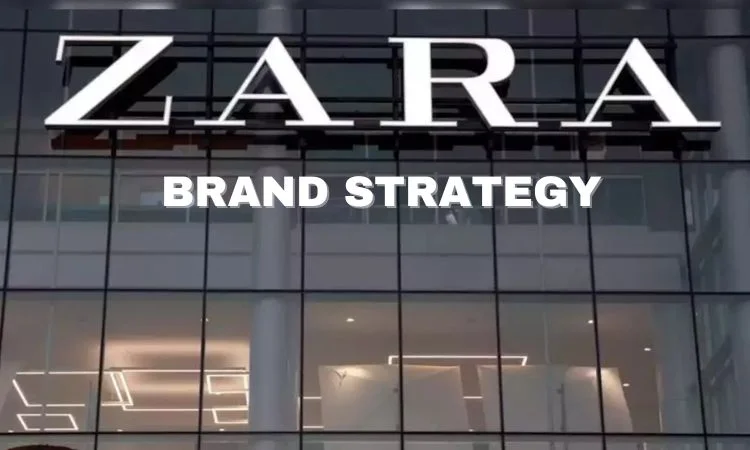
Zara gained the 29th place in Interbrand’s 2019 top 100 breakout brands, which is compiled globally by the brand consultancy. The foundation of Zara’s identity lies in four fundamental principles: representing the essence of the city, quality, clarity, practicality, and eco-friendliness.
Zara’s unprecedented achievement is mainly founded on its ability to navigate swings in fast-moving fashion trends and swiftly reflects them through its product range.
From its inception Zara pegged this huge hole in the market which had few brands that had successfully filled with the need to constantly update in a world of ever-evolving fashion styles coupled with affordable collections that are characterized by a regular mix of quality and affordable clothing.
The brand remains a pulse of its time, carefully tracking international fashion trends, and giving life to fresh designs which it then exports to its stores at a pace of a week to two weeks. This differentiates us from our competitors who would take up to 6 months as they do not inculcate speed in their process of launching new designs collections.
Zara’s insightfulness in designing new segments that stay at cutting edge fashion has made it to be the game changer, becoming a favorite with managers who constantly engage themselves determined to remain up-to-date with the latest trend.
Many regard founder Amancio Ortega as someone who compares clothes to those that are perishable goods. When he is referring to this way, he usually means that clothes are bought and used as temporary products (just as yogurt is, bread or fish are) and then put into the closet.
Media references commonly stylishly portray these as “baked clothes which won’t remain in vogue for no more than a month or two”, thus helping to enhance a ‘fast-fashion’ perspective.
Zara’s Focus Is Channeled Into Three Critical Areas For Effectively Crafting These “Fresh Fashions”:
Shorter Lead Times for More Fashionable Clothes: Zara offers high speed to market products by reducing lead times, which mean that the stores stock collections to the customers’ current needs, whether they like collections that fall within the seasonal requirements or celebrities trends.
Lower Quantities Through Scarce Supply: Through small production quantities for every style, Zara not only prevents risks but also gives rise to artificial scarcity which is always warranted for it to be desirable. This way, offers of the same role as the supreme luxury brands involve neither high-profile markdowns, making Zara doing altogether only two sales periodically within a whole year.
More Styles: Also, Zara is really diverse with such a wide range of collections numbered up to 12,000. On the one hand, this affords buyers a range of sizes and styles; at the same time, it helps to ease the impact of selling a limited amount of styles quickly by immediately launching new designs.
Zara : Supply Chain
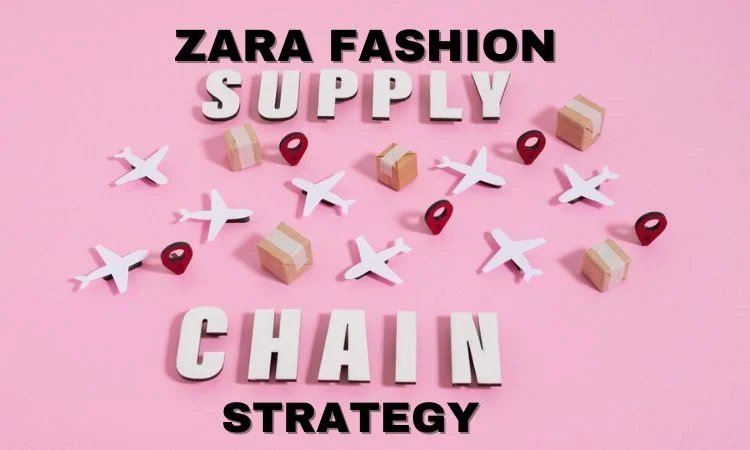
Zara has a unique model of operation that leads to the production of high quality clothes throughout the whole year thanks to its vertical integration , facilitating the export of clothing from the 52 origins of their manufacturers at a very fast rate, which leads to being able to deliver new products to stores every two weeks.
The whole process from design conception till the product reaches the store typically takes weeks and sometimes even days. First and foremost is the Spain facility’s distribution area, where garments undergo detailed examination, sorting, labelling, and finally stacking up onto vans for the journey. Strikingly, most clothing articles become a part of stores as soon as within 48 hours.
Besides, this model which is integrated vertically gives Zara total control over most of the precious operations such as dyeing and spinning making sure that the fabric is ready to be transformed enthusiastically as soon as the customer patterns change.
This strategy eliminates the need for warehouses which is a lot like diminishing warehouses’ influence on the rise and fall of the demand. Every year, Zara implements 450 million pieces and introduces about 12,000 versions on a continuous basis. This makes the accuracy and speed of the logistic platform crucial in allowing the multiple changes at the microlevel, i.e., store collection.
Several key characteristics underscore the success of Zara’s supply chain:
Real-time Customer Insights: Being that fashion design has evolved in the marketplace, a daily flow of information about trends into a central database in the head office leads designers to design up to date lines or modify what is already existing in the present situation.
Standardized Product Information: Zara’s central stores rely on the standardized product information with the reference codes, which expedites the swift and accurate entry of the design information of a new product, coupled with unambiguous manufacturing instructions.
Effective Inventory Management: The correct management of the several thousands of fabric, parts, and design specifications along with highly effective control over physical inventory allow Zara to have initial stock of needed raw materials for the fabric of the garment which is designed.
Strategic Procurement: Purchasing is structured in a way that 2/3 of undying raw materials are bought, taking advantage of buying clusters to get quality at an affordable price.
Manufacturing Approach: Employing a “make and buy” strategy, Zara produces fashionable and riskier items in-house, mainly in Spain, for testing and piloting. Simultaneously, more standard designs with predictable demand are outsourced to locations such as Morocco, Turkey, and Asia to optimize production costs. Even within Europe, cost efficiency is maintained by outsourcing assembly workshops and capitalizing on the informal economy, particularly involving mothers and grandmothers.
Zara : Business Model
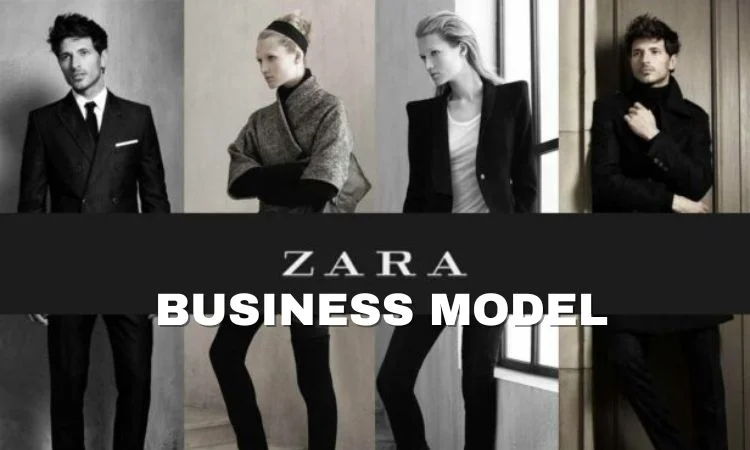
Zara’s business strategy heavily depends on the “combination of “medium-level quality clothing at low prices” and the quick understanding of the market trends.” Zara focuses on vertical integration and fast response to create trends in the fashion industry that is changing rapidly. Such ability to be dynamic and integrate the key functions including design, sourcing, manufacturing and distribution, are clearly seen to underline the case for its success and to prove its effectiveness in all the sections of the business.
The effectivelly managed process inside zara, from ideating a design to delivering a product, is therefore one of the key strengths of the brand which let it continue the company’s growth. The joining of the capacity of the company along the whole value chain is aligned with the business targets.
A risk that the company is facing is its operational structure having distribution centers and manufacturing facilities in its ownership, which can be a reason for value disruptions. It is also, then, an aspect that will be discussed in the next part of this report, which is under consideration.
Leadership at Zara has pinpointed four main success factors to be (range from a few things in italic to a one point sentence) short cycle time for products, small quantities for the items in order to avoid inventory exceeding the capacity, providing comprehensive selection of products each season that foster client’s choice and serious investment in the information and communication technology.
Based on all of the details mentioned above, Zara is able to keep abreast of the competitive environment and stand out as an innovator in the fast-fashion apparel industry.
Conclusion
In conclusion, Zara’s sustained success is a result of its relentless focus on customer satisfaction, visionary leadership, efficient supply chain, and a business model that combines quality, affordability, and adaptability. As a trailblazer in the fast-fashion industry, Zara continues to set the bar high for innovation and customer-centric strategies.








